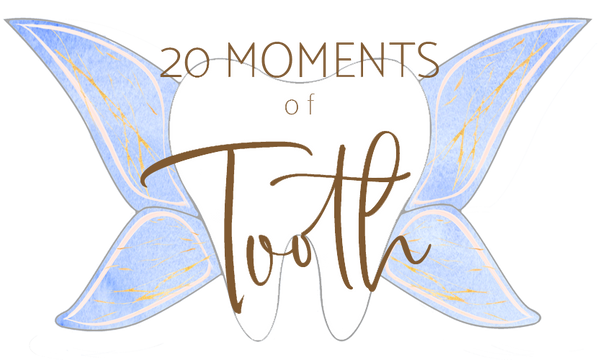
The Fascinating History and Magic of the Tooth Fairy
Share
The Tooth Fairy is a beloved figure in the folklore of many cultures, especially in Western countries such as the United States, Canada, and the United Kingdom. The Tooth Fairy is a mythical creature who is said to visit children in their
The origins of the Tooth Fairy can be traced back to early European folklore, where it was believed that witches could gain power over someone by possessing a part of their body, such as a tooth. To protect themselves, people would bury their teeth, or burn them, so that witches could not find them.
Over time, this practice evolved into the idea that a child's tooth held special significance and should be treated with care. Parents would tell their children that if they left their lost tooth under their pillow, the Tooth Fairy would come and take it away, leaving a small gift in its place.
The modern-day version of the Tooth Fairy that we know and love today was popularized in the early 20th century in the United States. In 1927, a play called "The Tooth Fairy" was performed in Chicago, featuring a character dressed in a tutu and wand, who collected children's teeth.
The idea of the Tooth Fairy quickly caught on and became a beloved tradition in many households. Today, the Tooth Fairy is a popular subject in children's books, movies, and TV shows, and has become a cherished part of childhood for many generations.
In addition to the fun and magic of the Tooth Fairy, there are also practical benefits to the tradition. Losing a tooth can be a scary and painful experience for a
Overall, the Tooth Fairy is a beloved figure in the folklore of many
